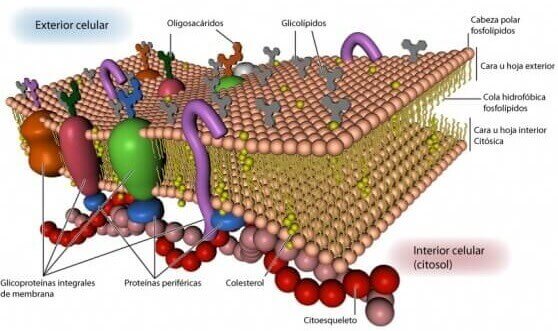Lipid functions
The lipids play four types of functions:
- Reservation function. Lipids are the body's main energy reserve. When a gram of fat is oxidized, it produces 9.4 kilocalories, while protein and carbohydrates only produce 4.1 kilocalories / gram. As they are insoluble in water, they are stored in cells without affecting osmotic pressure.
